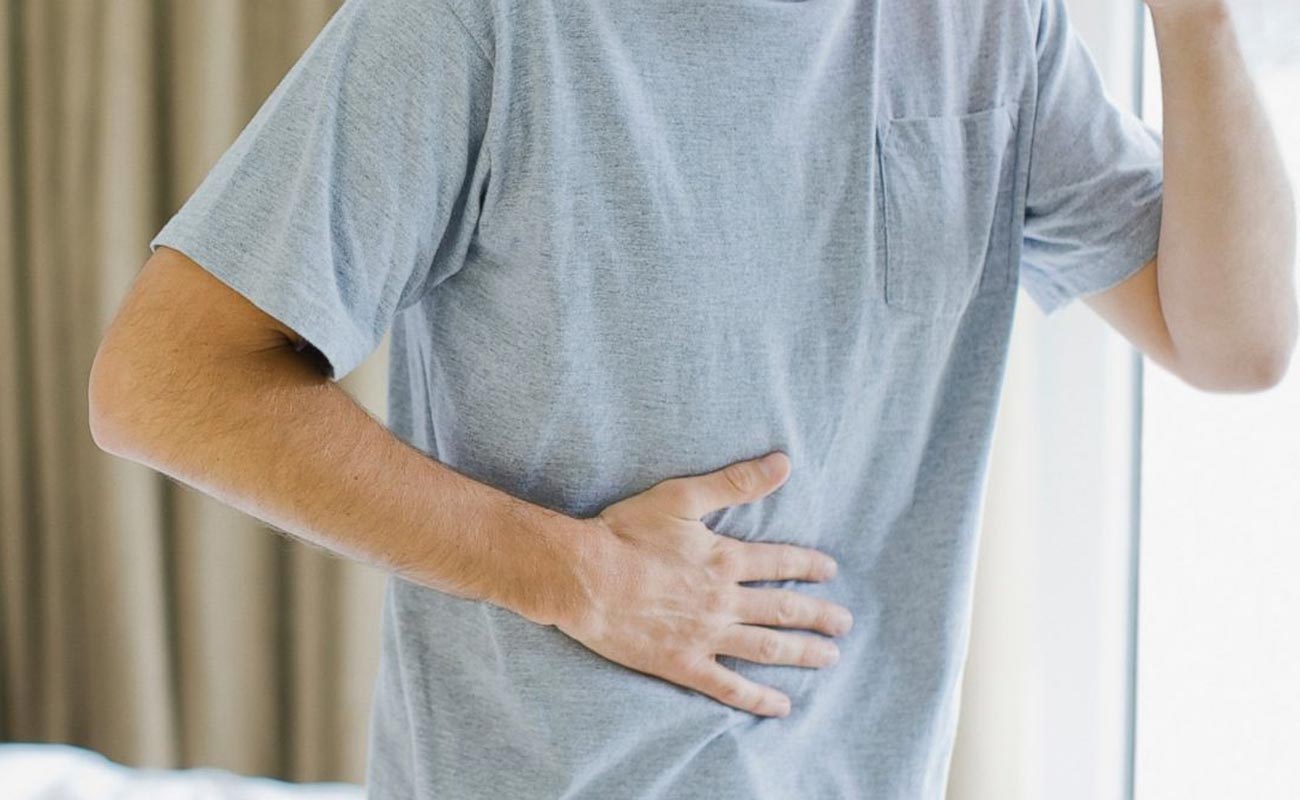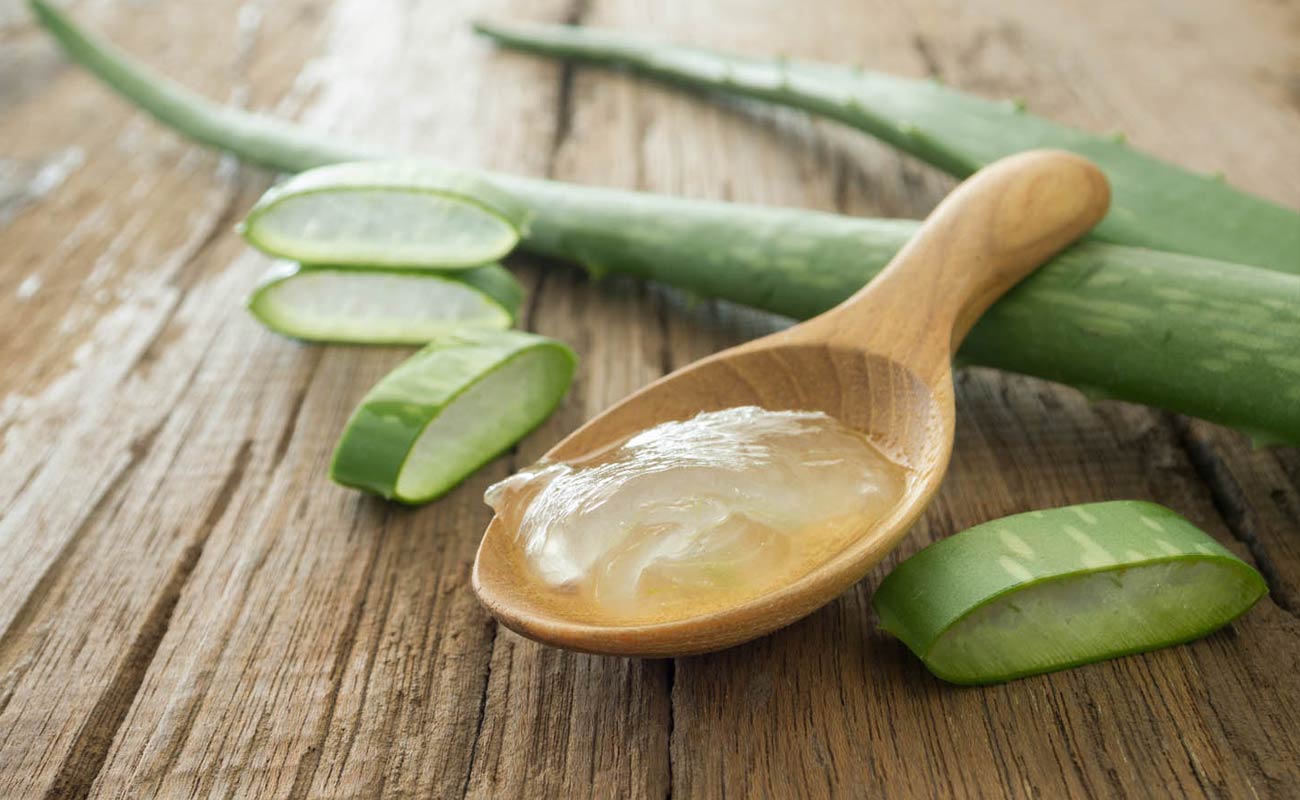Food poisoning, also called foodborne illness, is illness caused by eating contaminated food. Infectious organisms — including bacteria, viruses and parasites — or their toxins are the most common causes of food poisoning.
Infectious organisms or their toxins can contaminate food at any point of processing or production. Contamination can also occur at home if food is incorrectly handled or cooked.
Food poisoning symptoms, which can start within hours of eating contaminated food, often include nausea, vomiting or diarrhea. Most often, food poisoning is mild and resolves without treatment. But some people need to go to the hospital.

Typical symptoms of food poisoning include:
In severe cases, you can have:
The symptoms of food poisoning usually appear two to six hours after initial exposure. Symptoms typically don’t last longer than two days. Food poisoning can occur in anyone, but it is most common in babies, young children, and the elderly.
Most forms of food poisoning aren’t lethal. One form called botulism can even be fatal if individuals aren’t treated properly. A strain of bacteria called Clostridium botulinum causes botulism. It produces toxins that impact the nervous system. Botulism can cause blurred vision, drooping eyelids, slurred speech, and other symptoms. See your doctor if you suspect you have botulism. Botulism is extremely rare in the United States.

Each year, millions of people in the United States get sick from contaminated food. Symptoms of food poisoning include upset stomach, abdominal cramps, nausea and vomiting, diarrhea, fever, and dehydration. Symptoms may range from mild to severe.
Bacteria and Viruses
Bacteria and viruses are the most common cause of food poisoning. The symptoms and severity of food poisoning vary, depending on which bacteria or virus has contaminated the food.
Parasites
Parasites are organisms that derive nourishment and protection from other living organisms known as hosts. In the United States, the most common foodborne parasites are protozoa, roundworms, and tapeworms.
Mold, Toxins, and Contaminants
Most food poisoning is caused by bacteria, viruses, and parasites rather than toxic substances in the food. But, some cases of food poisoning can be linked to either natural toxins or chemical toxins.
Allergens
Food allergy is an abnormal response to a food triggered by your body's immune system. Some foods, such as nuts, milk, eggs, or seafood, can cause allergic reactions in people with food allergies.
Most times, the diagnosis of food poisoning is made by history and physical examination. Often, the patient volunteers the diagnosis when they come for medical care. For example, "I got sick after eating potato salad at a picnic," or, "I drank a raw egg protein shake."

The health-careprofessional may ask questions about the symptoms, when they started, and how long they have lasted. A review of systems may help give direction as to what type of infection is present. For example, a patient with numbness of their feet and weakness may be asked about whether they have opened any home canned food recently.
Travel history may be helpful to see if the patient had been camping near a stream or lake and the potential for drinking contaminated water, or if they have travelled out of the country recently and have eaten different foods than they normally do, such as raw eggs or wild game.
Physical examination begins with taking the vital signs of the patient (blood pressure, pulse rate, and temperature). Clinical signs of dehydration include dry, tenting skin, sunken eyes, dry mouth, and lack of sweat in the armpits and groin. In infants, in addition to the above, subtle signs of dehydration may include poor muscle tone, poor suckling, and sunken fontanelle.
Routine blood tests are not usually ordered unless there is concern about something more than the vomiting and diarrhea. In patients with significant dehydration, the health-careprofessional may want to check electrolyte levels in the blood as well as kidney function. If there is concern about hemolytic uremic syndrome, a complete blood count (hemogram, CBC) to check the red blood cells, white blood cells, and platelet count may be ordered. If there is concern about hepatitis, liver function tests may be ordered.
Stool samples may be useful especially if there is concern about infections caused by Salmonella, Shigella, and Campylobacter, the common non traveler's diarrhea. This is especially true when the patient presents with bloody diarrhea, thought to be due to infection. If there is concern about a parasite infection, stool samples can be examined also for the presence of parasites. Some parasites may be very difficult to see under the microscope, including Cyclospora, because it is so tiny.
Depending on the suspected cause of the food poisoning, there are some immunological tests (for example, detection of Shiga toxins) that the CDC recommends. Cyclospora DNA may be detected in the stool using molecular testing called polymerase chain reaction (PCR). Other methods may be used (for example, detection of prions in tissue samples).

Ginger
For thousands of years, ginger has been used for the treatment of innumerable ailments due to its powerful therapeutic and preventive effects. Ginger improves absorption and assimilation of essential nutrients and aids in digestion. Hence, it works as a quick remedy for nausea and vomiting, thereby giving you instant relief.
To use this remedy, make some Ginger Tea by boiling one teaspoon grated ginger with a cup of water for a few minutes, add a little sugar or honey to it for sweetness.
Another option is to add a few drops of ginger juice to one teaspoon of honey and swallow it several times a day to reduce inflammation and pain.
Apple Cider Vinegar
Though acidic in nature, apple cider vinegar has an alkaline effect due to the way it is metabolized in the body. Thus, it can alleviate various food poisoning symptoms. It can soothe the gastrointestinal lining and kill the bacteria, giving you instant relief. For this quick fix, just mix two tablespoons of apple cider vinegar in a cup of hot water and drink it before eating your food. Alternatively, you can drink two to three teaspoons of undiluted apple cider vinegar.
Lemon
The anti-inflammatory, antiviral, and antibacterial properties in lemons can give you much relief. The acid in lemons helps kill bacteria that cause food poisoning. Just add a pinch of sugar to one teaspoon of lemon juice and drink it two to three times a day. You can also sip on warm water with lemon juice to clean out your system.
Basil Leaves
Basil is an excellent herb to soothe the abdominal discomfort caused by food poisoning. It also has antimicrobial properties that help fight micro-organisms. You can get the benefits from basil in several ways:
Drink basil juice extracted from a few basil leaves with one tablespoon of honey several times a day. You can also add some fresh coriander juice to it.
Put a few drops of basil oil in four cups of drinking water. Drink it slowly throughout the day to kill bacteria causing stomach pain and other problems. Add basil leaves, some sea salt, and a pinch black pepper to three tablespoons of plain yogurt. Eat this three to four times a day, until your symptoms are gone.
Garlic
Garlic is also very effective in fighting food poisoning due to its strong antiviral, antibacterial and antifungal properties. It also relieves symptoms such as diarrhoea and abdominal pain.
Eat one fresh garlic clove, swallowing it with water. If you can tolerate the smell of garlic, you can also try garlic juice. Alternatively, you can make a mixture of garlic oil and soybean oil and rub it on your stomach after eating.
Cumin
Cumin seeds, also called Jeera, can ease abdominal discomfort and stomach inflammation due to food poisoning. For instant relief try this: boil one teaspoon of cumin seeds in one cup of water. Add one teaspoon of coriander juice extracted fresh coriander leaves and a little salt. Drink it twice a day for a few days.
You can also make an herbal drink from cumin seeds, salt, and asafoetida. Drink it two to three times a day. This will cleanse the system and relieve your symptoms.
Honey
Honey has both antifungal and antibacterial properties that can be effective for treating indigestion and other food poisoning symptoms. Honey as a natural remedy can be taken in its pure form or added to tea.
A teaspoon of honey three times a day can do wonders to heal an upset stomach. It also controls the formation of excess acid in the stomach.
Fenugreek Seeds and Yogurt
Yogurt has antibacterial and antimicrobial properties that help fight the bacteria causing food poisoning. Plus, fenugreek seeds help treat abdominal discomfort.
You can take one teaspoon fenugreek seeds along with a tablespoon of yogurt. You just need to swallow the seeds and need not chew them. The combining effect of fenugreek seeds and yogurt will give you an immediate relief from stomach pain as well as vomiting.
References
Submit Comment